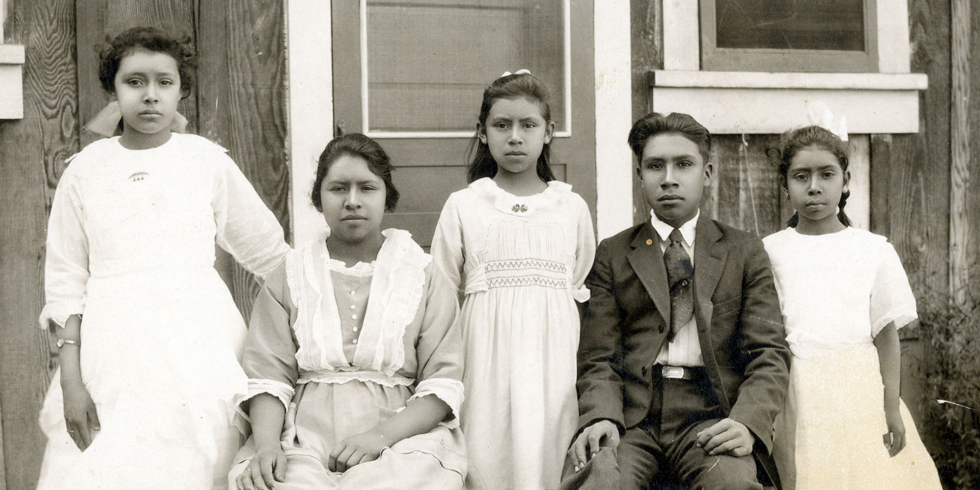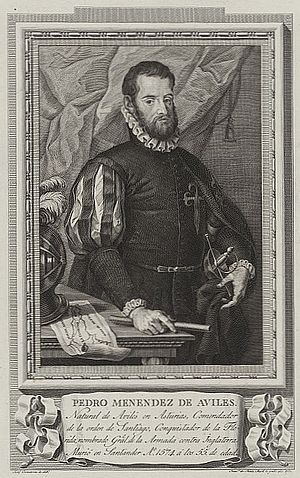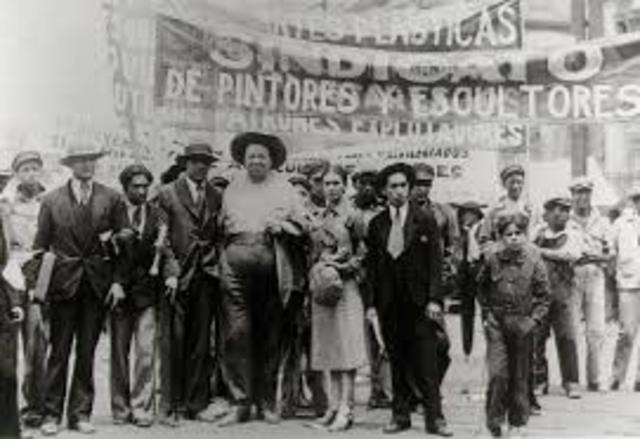1920s Unit Module Five - Latino/a Americans During The 1920s
*******
Listen to "1920s UnitModule Five - Latina/a Americans in 1920s" on Spreaker.>
*******
The links below will help you with translating tools between English and Spanish.
Earlier History
Mexican and Mexican-American families wait to board (get on) Mexico-bound trains in Los Angeles on March 8, 1932.
The links below will help you with translating tools between English and Spanish.
1. Audio of a words in both English and Spanish. Will also translate phrases.
2. Google Search - Espana: The word can be typed in English, and the search finds results in Spanish, including images
3. Also Google Arabic is available.
2. Google Search - Espana: The word can be typed in English, and the search finds results in Spanish, including images
3. Also Google Arabic is available.
Latino/a American Family In 1925
- What do you see?
- In what ways do you think they were the same as and different from other Americans of the time?
- What are some of the things you think they experienced back then?
Latino/as During The 1920s
Earlier History
The history of Latino/a people in what is now called the United States is a long one. In 1565 Spanish admiral Pedro Menéndez de Avilés created a settlement (small village) near what is now St. Augustine in Florida. The people who went there brought both the Roman Catholic religion and Spanish language to Florida.
Admiral Pedro Menéndez de Avilés
His initial (first) plan for a voyage (trip) to Florida
was to search for his son, Juan, who shipwrecked there in 1561.
He could not him.
In 1691 Texas was made a separate Spanish province (state) with Don Domingo de Teran as its governor. In 1835 Texans (White texans) and Tejanos (Mexican-Americans living in Texas) rise in rebellion against the oppressive (give NO freedoms) Mexican government. In 1868 the 14th Amendment to the U.S. Constitution is adopted. Not only does it give U.S. citizenship to African Americans, but ALSO all people who are Hispanic and born in the United States.
This is a dam built to collect water on a river so it could be used to water crops.
The problem is that you had to take people’s land to give the water some place to build up.
Things weren’t always good. In 1920 the U.S. government passed the Newlands Reclamation Act to get land to make water available for farmers. Sounds like a good thing, but many of the people from whom land was taken for this project were Latino/a Americans. Then in 1921, for the first time in U.S. history, limits on the number of immigrants allowed in were set. Then, to support this new law, the U.S. Border Patrol was started in 1925.
An ad, using MASS MEDIA,
to get men to sign up to be border patrol people
In the late 1920s, anti-Mexican sentiment(opinions) grew as the Great Depression (hard money times) began. As the stock market (how the value of companies was watched) dropped in value and unemployment (no job)grew, Anglo-Americans accused Mexicans and other foreigners of stealing American jobs. Mexican-Americans were discouraged and even forbidden from accepting charitable aid.
Mexican and Mexican-American families wait to board (get on) Mexico-bound trains in Los Angeles on March 8, 1932.
This started in the 1920s. What do you think? Should deportation have been used by FDR (A VERY liberal Democrat who was President) as a strategy to make the economy better???
Taking Action
Hispanic Americans were NOT just victims waiting to be deported in the 1920s. Many times they took action to protect themselves. In 1921 San Antonio's (in Texas) Orden Hijos de América (Order of the Sons of America) organized Latino workers to raise awareness of civil rights issues and fight for fair wages, education and housing.
Then in 1927 in Los Angeles, the Confederación de Uniones Obreras Mexicanas (Federation of Mexican Workers Union-CUOM) becomes the first large-scale effort to organize and consolidate Mexican workers.
People that were part of the
Confederación de Uniones Obreras Mexicanas
working for their rights
Leadership
n 1928 Octaviano Larrazolo of New Mexico becomes the first Latino U.S. Senator. He was born in Mexico, and moved to Arizona in 1870. He was a teacher in the public schools in Tucson, Arizona and in El Paso County, Texas. Then he became a clerk (helper) of the district court at El Paso in Texas. He went on to become a clerk of the United States District and Circuit Courts for the Western District of Texas at El Paso, Tex. At this time he also was studying to become a lawyer, and made it in 1888. In 1890 he was elected as the district attorney (law enforcement boss) for the western district of Texas in 1890.
In 1929 several (more than one) Latino service (helping) organizations merge to form the League of United Latin American Citizens (LULAC). It still exists today. Click on THIS link to see their website. LULAC was created at a time in our country’s history when Hispanics were denied basic civil and human rights, despite contributions to American society. The group organized then, and still does today, against discrimination and segregation and promotes education among Latinos. It's the largest and longest-lasting Latino civil rights group in the country.
Members of LULAC on a picnic
Latino Americans and Education in the 1920s
Latino/a children in a segregated school
In 1925 the Romo family took action to protect the rights of their children to an education equal with all other students. In the case Romo v. Laird (1925), they took formal legal action against educational segregation and/ or exclusion in the U.S. The parents sued the Tempe, Arizona school district for placing his children in the Tempe Normal Training School with student teachers (NOT fully ready to teach) instead of fully trained teachers. Judge Joseph S. Jenckes agreed with them that the school board's (run the schools) practice of essentially segregating Mexican American students without giving them equivalent opportunities to attend the regular public schools violated the students' rights and ruled for the Romos.










